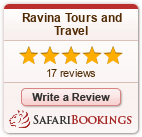Madagascar in Africa is a special place. It is the big island off the east coast of the continent, full of lemurs, baobab trees, coral reefs, and friendly people. Many travelers want to know if it is safe to visit now. The short answer is that most visitors who plan well and travel with care have a good trip. Like any country, there are risks you should understand. This guide uses simple English to answer the most common safety questions. Each question is a short section with clear advice in paragraph form. If you are planning a safari or nature tour, this can help you decide when to go, where to go, and how to stay safe.
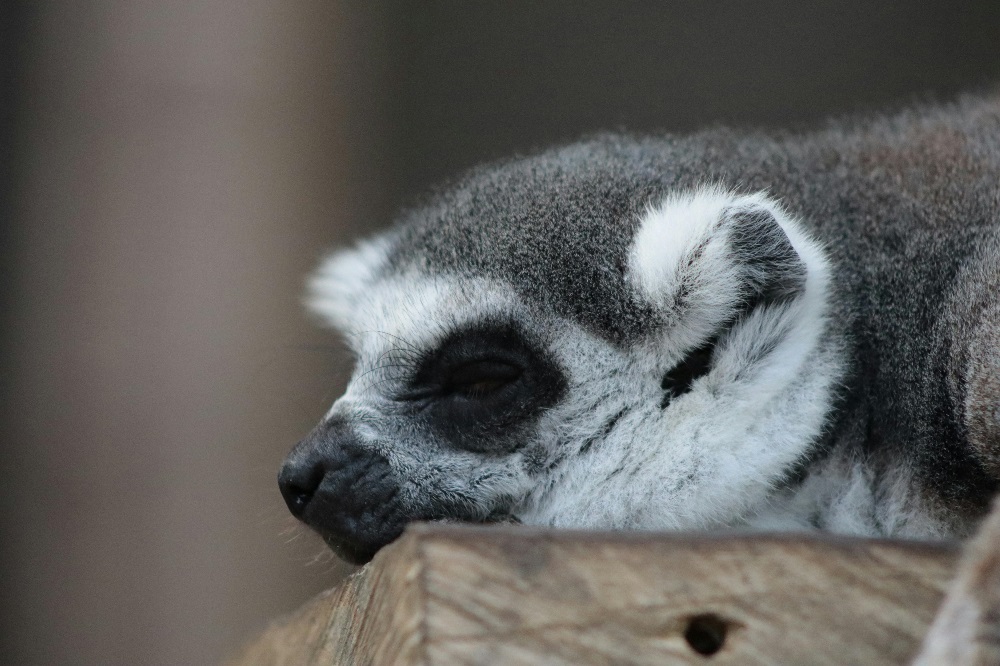
Is it safe to go to Madagascar now?
Yes, you can visit Madagascar now if you travel smart. Most trips are peaceful and exciting. The biggest problems for visitors are petty crime in busy areas, long travel times on rough roads, and health risks like malaria and stomach bugs. Weather can also be a challenge, especially during the cyclone season from about November to April. Choose trusted guides, avoid walking alone late at night, keep your phone and wallet out of sight, and buy travel insurance. If you follow basic safety steps, you can enjoy Madagascar in Africa without major trouble.
Is Madagascar safe for British tourists?
Madagascar is not unsafe for British tourists in general, and the same is true for travelers from any country. You should take normal city care in places like Antananarivo, the capital. Use licensed taxis, keep your bag closed, and do not show cash or jewelry. Carry a copy of your passport and keep the original locked at your hotel when you can. Stay alert at ATMs and crowded markets. In smaller towns and parks, the mood is relaxed, and people are welcoming. Most visitors from the UK, Europe, the US, and other regions complete their trips with no serious incidents when they follow these simple rules.
Why is Madagascar sometimes seen as not a tourist destination?
Madagascar in Africa has world-class nature, yet it is still less visited than Kenya, Tanzania, or South Africa. This is mostly because getting around is slow and flights can be limited. Roads between regions may be bumpy, and some parks are far apart. Hotels in remote areas are small and fill up quickly. Because of this, planning takes more time, and costs can be higher than people expect for such a low-income country. None of this means you should not go. It only means you should plan with a tour expert who knows the routes and can arrange local flights, 4×4 vehicles, and trusted drivers.
Is Madagascar good for tourism?
Yes, Madagascar is wonderful for nature tourism. It is one of the best places in the world for unique animals. About 90% of its wildlife is found nowhere else on Earth. Lemurs are the stars, but you can also see chameleons of all sizes, colorful frogs, strange insects, and birds that live only on the island. The beaches and reefs are beautiful, and the Avenue of the Baobabs is famous for sunset photos. For travelers who love wild places and culture, Madagascar in Africa offers real adventure and friendly local life. If you want a busy city break, it may not be the right match, but if you enjoy nature, hiking, and quiet beaches, it is a great choice.
Is Madagascar cheap to visit?
Daily costs inside the country can be modest. Local food, simple guesthouses, and public taxis are not expensive. What often raises the price is transport between regions and the time needed to reach parks. Long road days require a private 4×4 and a driver, which costs more than a city taxi. Domestic flights save time but are not always cheap. If you stay in one region for longer and choose mid-range lodges, your budget will be lower. Many travelers find Madagascar good value compared to other nature trips because park fees and guiding costs are still reasonable.
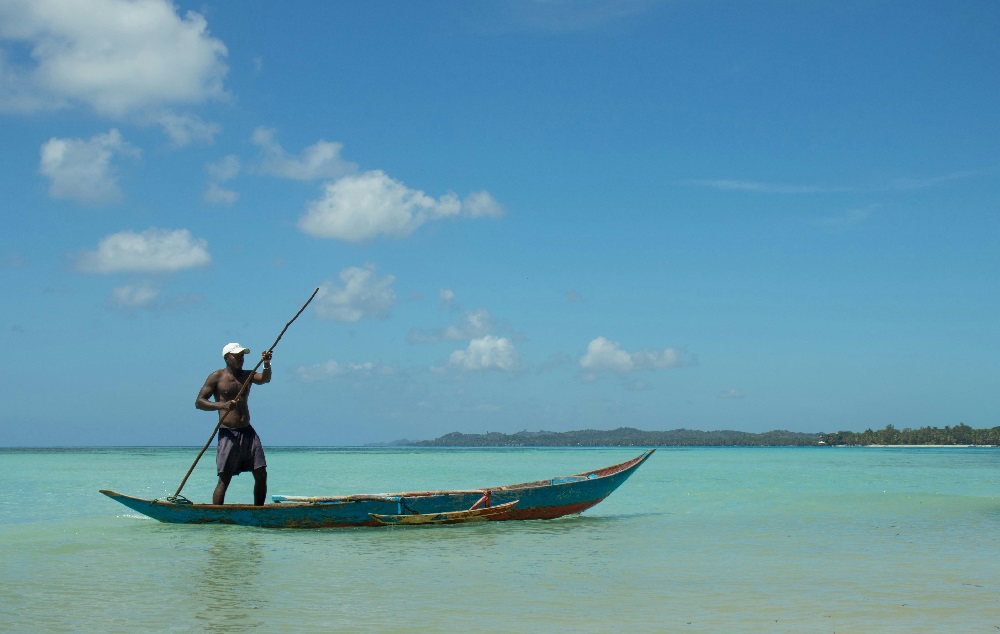
Why do tourists go to Madagascar?
Most visitors come for wildlife, scenery, and culture. They want to see lemurs leaping between trees, chameleons changing color, and giant baobabs rising from the red earth. They also come for the coast. Islands like Nosy Be and Île Sainte-Marie offer calm seas, snorkeling, and whale watching in season. Another reason to visit is culture. Madagascar in Africa has a mix of African and Asian roots, a rich music scene, and local crafts. People are warm and curious about guests. Many travelers say the smiles they share on village walks are their best memory.
Is there a lot of crime in Madagascar?
Serious crime against tourists is uncommon, but petty theft happens, especially in busy parts of Antananarivo. Pickpockets target phones and cameras. Bag snatching can happen if you walk with items loosely hanging from your shoulder. Reduce risk by using taxis after dark, keeping valuables hidden, and splitting money into two places. In parks and small towns, crime is rare. Use a guide when hiking, not only for safety but also to help you spot animals. When driving, keep doors locked and windows up in traffic. These simple steps make a big difference, just as they would in any big city.
What diseases are common in Madagascar?
Malaria exists in many regions of Madagascar, so most travelers take preventive medicine after a chat with a travel doctor. Mosquito bites can also spread dengue and chikungunya. Cover your skin at dusk and dawn, sleep under a net if one is provided, and use repellent with DEET or other proven ingredients. Food and water problems can cause stomach sickness. Choose bottled or purified water, avoid raw salads in simple places, and eat fresh, hot meals. Rabies exists, so avoid touching animals. With basic health care steps, most visitors stay well.
What should I wear in Madagascar?
Pack light, breathable clothes for warm weather. Long sleeves and long pants help against sun and mosquitoes. A light rain jacket is useful in the wet season and in rainforests. Good walking shoes or trail sandals make hikes safer on uneven paths. For the highlands, nights can be cool, so bring a light sweater. On beaches and in villages, dress modestly out of respect for local culture. Swimwear is fine at the hotel or on the boat, but cover up when walking through town. A sun hat and sunglasses are very helpful because the sun is strong in Madagascar in Africa.
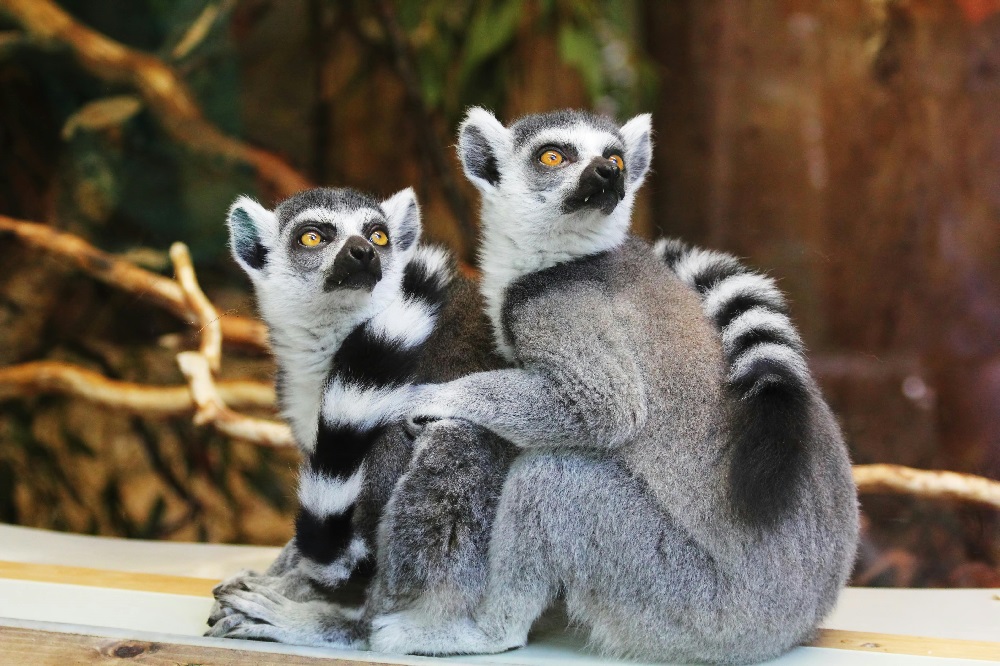
Is Madagascar a high-risk country?
Madagascar is not high risk for most travelers who plan well. It is a low-income country with fragile roads and limited medical care outside big towns, so problems can be harder to fix if you go alone. Travel with a good plan, keep extra time in your schedule, and consider a guide or tour company with 24/7 support. Avoid protests or large gatherings if they occur. Check the weather before inland drives, and do not cross flooded roads. These steps reduce risk and turn a high-risk idea into a normal adventure trip.
What are the problems with tourism in Madagascar?
The main challenges are transport, weather, and fragile nature. Travel times are long and can be tiring. Cyclones and heavy rains can close roads and delay flights. In some parks, paths are narrow and slippery after rain. There are also cultural rules, called fady, that vary by area. Your guide will explain which places are sacred and how to behave with respect. Another issue is waste management. Please carry out your trash and use refillable bottles when possible. When guests travel with care, tourism supports jobs and protects forests, which is very important for Madagascar in Africa.
Is Madagascar a third-world country?
The term “third-world” is old and unhelpful. It is better to say Madagascar is a developing country. Many people live on small farms and do not have easy access to health care or clean water. This is one reason visitors should travel with respect and support local businesses. Choosing community-run lodges, hiring local guides, and buying crafts from makers gives direct help to families. Your visit can be a force for good when it is done responsibly.

Do people live on Madagascar?
Yes, more than twenty million people live on the island, and most were born there. Communities range from the busy capital to small fishing villages and highland towns. There are 18 major ethnic groups with deep traditions. You will hear Malagasy spoken everywhere, and French is common in cities and tourist areas. English is growing in hotels and tour services. Meeting local people is part of the joy of travel in Madagascar in Africa. A smile, a polite hello, and patience with the pace of life go a long way.
Is it safe for families to travel to Madagascar?
Families can have a great time in Madagascar. Kids love lemurs, quiet lagoons, and boat rides. Choose a plan with fewer one-night stops to reduce long driving days. Pick child-friendly lodges with pools or gardens. Travel with a guide who understands family needs and knows where to find gentle wildlife walks. Bring a basic medical kit, snacks, and games for the car. With these steps, Madagascar becomes an exciting and safe family trip.
Is it safe to travel solo in Madagascar?
Solo travel is possible, but planning helps. Book trusted hotels and ask them to arrange airport pickup. Join guided day trips for parks and city tours. Tell a friend your daily plan and keep your phone charged with a local SIM or eSIM. Avoid walking alone late at night and stick to well-lit streets. When you want downtime, beach areas and nature lodges offer quiet places to relax without the pressure of city streets.
Is it safe to drive in Madagascar?
Driving yourself is not advised for first-time visitors. Roads are narrow, signs are rare, and night driving is risky because of animals, people, and unlit vehicles. The safer plan is to hire a driver and 4×4 through a trusted operator. This gives you a safe car, a skilled driver who knows local rules, and help if something changes. You can still stop for photos and enjoy the views without stress.
When is the safest time to visit Madagascar?
For calmer weather and easier roads, the best months are usually from May to October. These months are cooler and drier. From November to April, the wet season brings humidity and possible cyclones on the east and northeast coasts. Some parks are still great in the rains, especially for reptiles and amphibians, but you need flexible plans. If you aim for the dry season, your travel will feel safer and smoother. Remember that “high season” also means more visitors in famous spots, so book early.
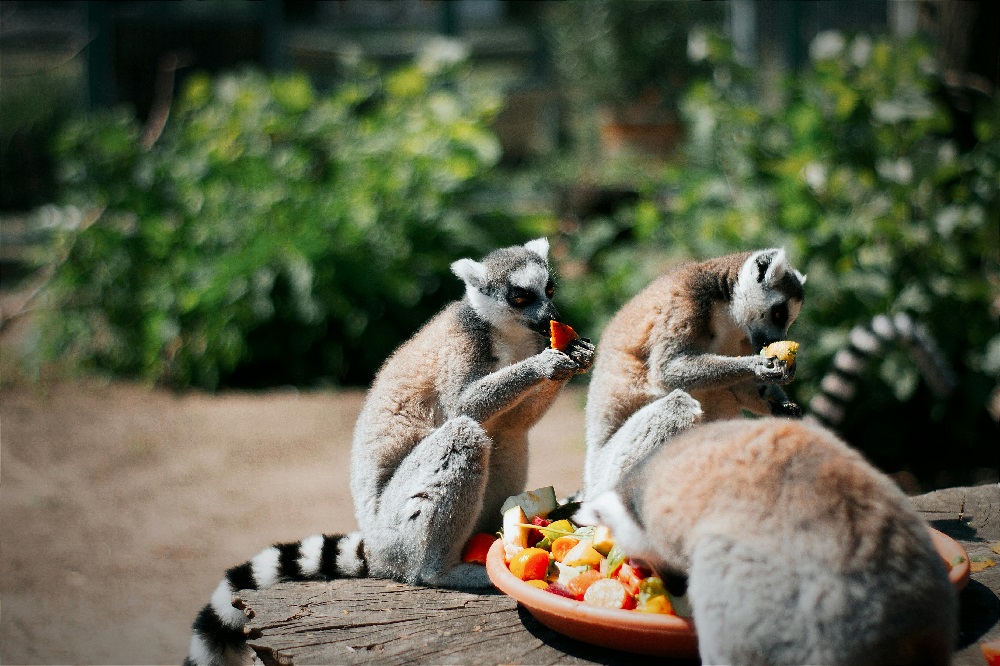
Is the water safe and is the food safe?
Tap water is not safe to drink in many places. Use bottled water or ask your lodge to refill a reusable bottle with filtered water. Hot, fresh food is usually fine. Eat at clean restaurants and busy stalls with a fast turnover. Peel fruit yourself and avoid raw seafood in basic places. These simple habits prevent most stomach problems, which is the most common health issue for travelers in Madagascar in Africa.
Are there medical services if I get sick?
Medical care in Antananarivo is better than in small towns, but it is still limited compared to Europe or North America. For serious cases, people may need evacuation to another country. This is why travel insurance that covers medical evacuation is important. Carry your regular medicines, bring copies of prescriptions, and pack a small health kit with pain relief, rehydration salts, and bandages. Guides and hotel staff can help you find clinics if you need one.
Can I speak English in Madagascar?
English is used in hotels, some restaurants, and by many guides. In villages, people mostly speak Malagasy and sometimes French. Learning a few Malagasy words shows respect and helps you make friends. “Manao ahoana” means hello, and “misaotra” means thank you. Smiles and simple words open doors all over Madagascar in Africa.
What should I do to stay safe in cities?
In Antananarivo and other big towns, keep a low profile. Do not display cash, cameras, or jewelry. Use registered taxis, especially at night. Ask your hotel which areas to avoid after dark. Keep your phone in a front pocket or a zipped bag. If someone tries to distract you in a crowd, step away and hold your belongings. These habits are easy and make city time smooth.
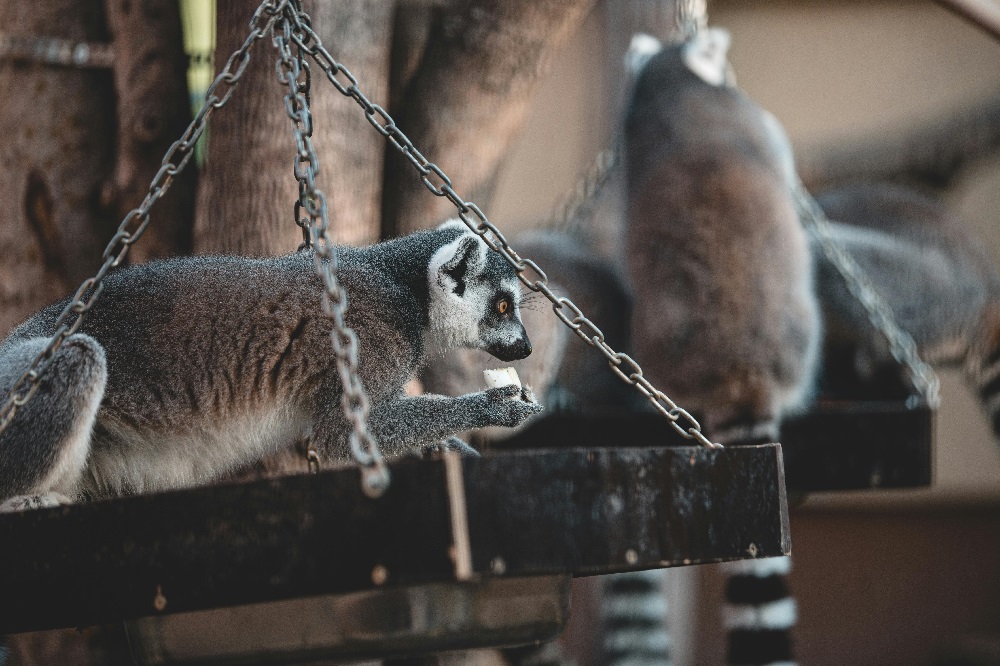
Are the national parks safe?
Yes. Parks like Andasibe-Mantadia, Ranomafana, Isalo, and Ankarafantsika are well loved by travelers. Go with a local guide, stay on marked paths, and follow park rules. Wear closed shoes to avoid slips and to protect your feet. Carry water and a light snack. In rainy areas, paths can be muddy, so walk slowly. Wildlife is shy and not dangerous when you respect space. Guides know how close you can get for good photos without stress to the animals.
What about money and payments?
Cash in the local currency is important outside the capital and major resorts. ATMs are common in big towns but may run out of cash. Take out what you need in the city and carry it safely in two places. Many hotels accept cards, but small shops and markets do not. Keep small bills for tips and street snacks. If a stranger offers to “help” at an ATM, say no politely and ask your driver or guide to stand nearby instead.

